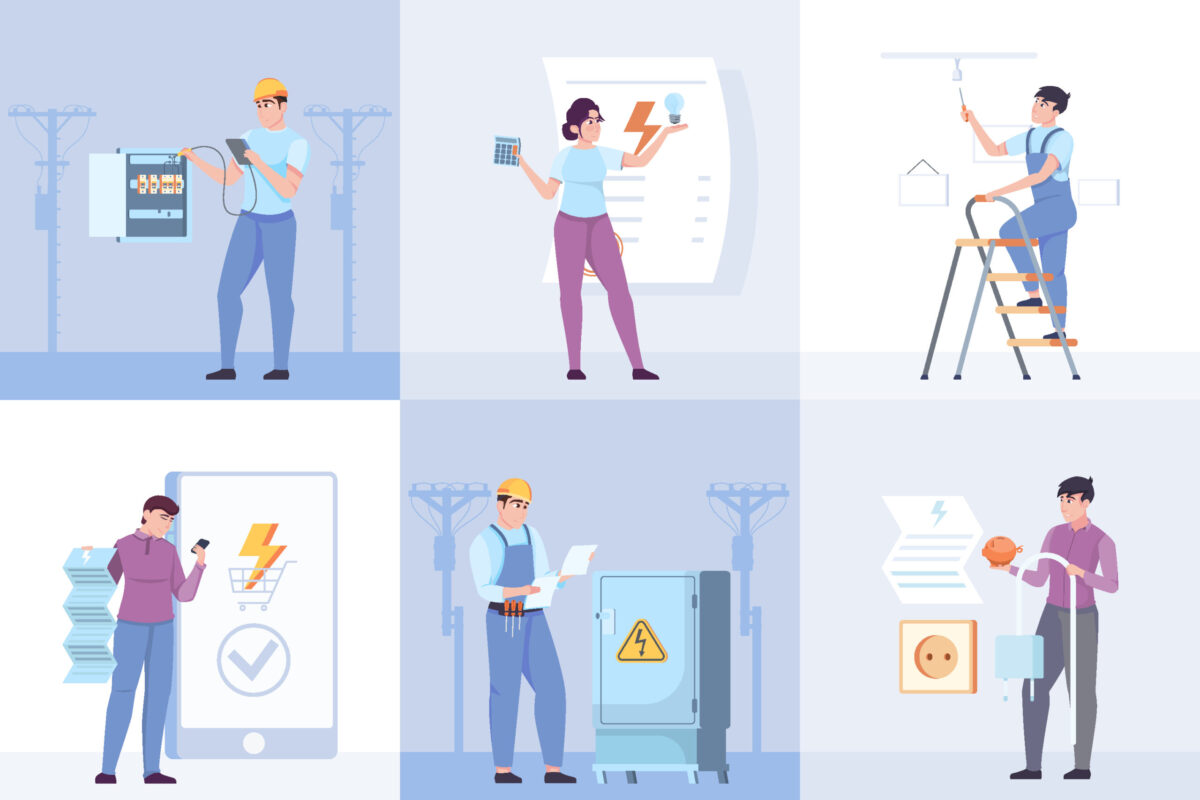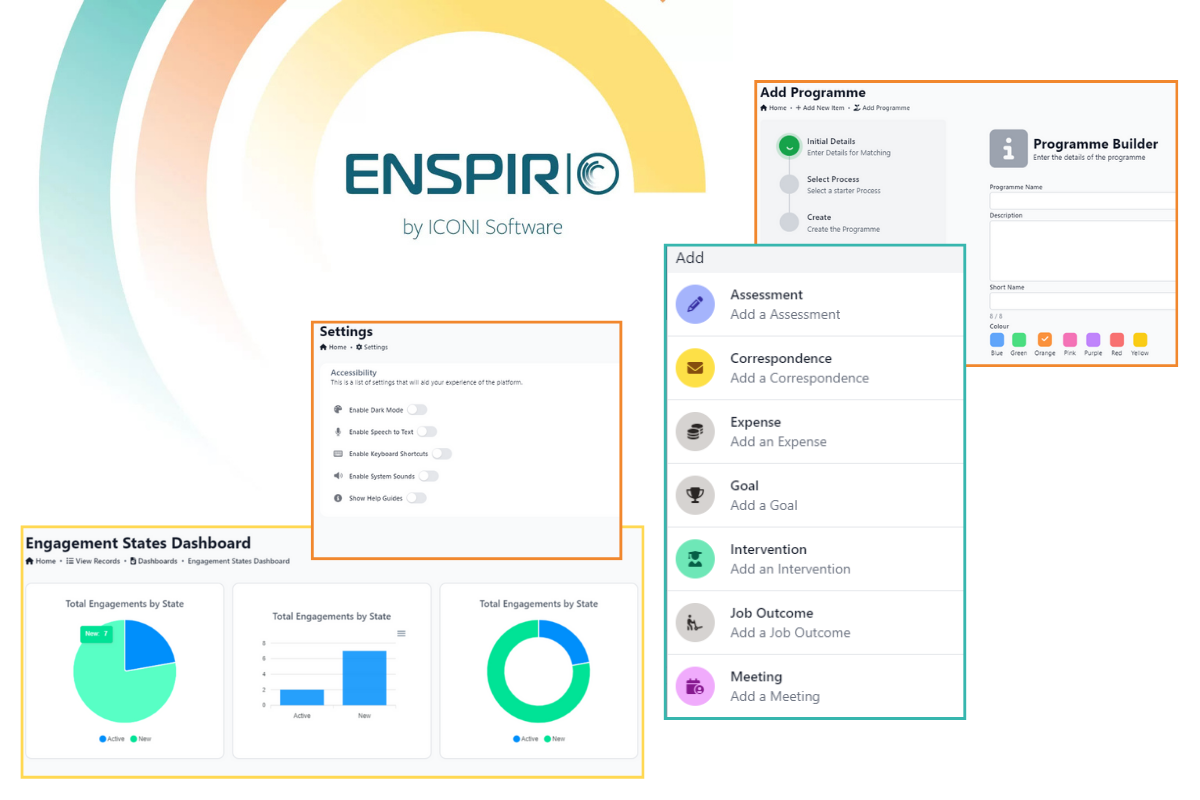Understanding Legislations and the Role of PAT in Your Workplace

Portable appliance testing is performed on electrical equipment to find faults and malfunctions. PAT testing, often known as Portable Appliance Testing, is required for all business owners and individuals responsible for any premises. In a workplace, employers are responsible for conducting PAT testing to ensure that the employees are provided with a safe and secure workplace. In this post, we will look at all you need to know about PAT, including where it is required, how it is performed, how frequently PAT tests are required, and, most importantly, who can perform it.
Understanding PAT
As you may be aware, conducting a PAT test at your workplace is an employer’s legal responsibility, with most of the regulations making it a legal requirement for employers. This might put most of you thinking, ‘What is PAT testing?’ and ‘Why does it hold such significance?’.
PAT testing is a process of conducting systematic examinations on electrical appliances to make sure that they are safe for use. Other than making electrical appliances safe for use, PAT testing also ensures that all the appliances in your workplace are working correctly and safely by the time you need, reducing the rate of downtime. PAT testing consists of a series of processes that should be conducted to carry it out. As you may be aware of what PAT testing means, now let’s jump on what appliances in your workplace require PAT tests.
What requires PAT testing?
PAT testing should be performed on all those electrical appliances that can be connected to an electric socket and requires electricity to function. This includes all those electrical appliances that are either portable or non-portable such as fridges. Common examples of appliances requiring PAT tests include fridges, washing machines, water coolers, computers, monitors, vacuum cleaners, printers, kettles, and vending machines.
Why is PAT testing important?
Performing PAT tests on the appliances in your workplace will ensure that your property is legally compliant and safe for all staff exposed to these electrical hazards. The three major risks that faulty and defective electrical appliances can pose to employees are electric shocks, burns and fires. PAT testing helps tackle all the electrical hazards that these electrical appliances can pose; therefore, it is important to know why your workplace needs one.
Electric shocks
Electric shock injuries happen when we connect an electrical supply to the ground or earth. A sudden rush of electricity through our bodies can cause muscular damage, nerve damage, and temporary paralysis. An electric shock can also impact vital organs of our body, such as the heart, creating the possibility of the person suffering from cardiac arrest.
Burns
Arc flashes between the conductor (a body) and the live contact (electrical source) can cause burns. An arc flash can reach tremendous temperatures and damage skin tissue immediately at contact. A much higher run of voltage through your body can burn and destroy the internal tissues of your body, causing permanent damage to the organs.
Fires
Faulty sockets and appliances are a leading cause of fires in the United Kingdom. This is common when an old device, such as a broken cord, conducts heat into a combustible surface, such as a curtain, carpeting, or flooring.
Regulations surrounding PAT testing
As mentioned, no regulation currently makes it a legal requirement for employers. In other words, no regulations dictate PAT testing as mandatory by law.
However, the health and safety regulations surrounding workplace safety do state that the employer is directly responsible for providing their employees with a safe and secure work environment. To create a safe environment, it is essential for employers to ensure that all the electrical devices in the workplace are safe for use and do not pose any threat to employees. Therefore, employees can ensure electrical safety in their workplace by conducting PAT tests. So, we can conclude that by indirect means, PAT testing does help in assuring compliance with health and safety regulations. Other than PAT tests, a risk assessment is also an effective solution to manage electrical safety in the workplace.
Let’s now look at the regulations that make it the responsibility of employers to ensure electrical safety in the workplace.
The Management of Health & Safety at Work Regulations 1999
This law requires employers to have plans to control employee health and safety hazards. It demands enterprises have written policies and risk analysis dangers to safeguard anyone their operations may harm.
The Electricity at Work Regulations 1989
This regulation establishes guidelines for acquiring, installing, and operating electrical equipment. These principles apply to a wide range of work tasks within and outside the workplace. According to the legislation, all electrical systems must be properly maintained to prevent injury or harm. And appropriate earthing systems and other safeguards must be in place.
The Provision and Use of Work Equipment Regulations 1998
This law, often abbreviated PUWER, imposes obligations on business owners and firms who operate or hire equipment for work. Such equipment, especially electrical appliances, must be appropriately managed to avoid workplace accidents. It requires that work equipment be:
- Suitable for the intended use
- Maintained safe working conditions
- Inspected and correctly installed
- Used by trained people
- Protected by health and safety measures
Conclusion
In conclusion, understanding legislation and recognizing the crucial role of Portable Appliance Testing (PAT) in your workplace is vital. Compliance with safety regulations is not just a legal obligation but a responsibility to protect the well-being of employees and visitors. By actively implementing PAT measures, you proactively mitigate electrical hazards, prevent accidents, and promote a safe working environment. Remember, your commitment to safety goes beyond mere compliance; it fosters a culture of vigilance and care, ensuring everyone can work confidently and securely.
Regular testing and maintenance of portable appliances ensure their reliability and minimize the risk of electrical malfunctions. Regular testing and maintenance of portable appliances minimize the risk of accidents and promote a culture of safety. Stay proactive, prioritize e-learning safety, and empower your workforce to thrive in a protected and conducive online learning environment.










